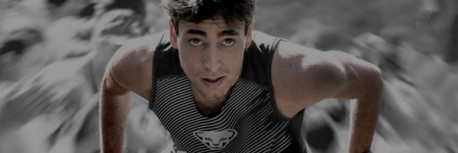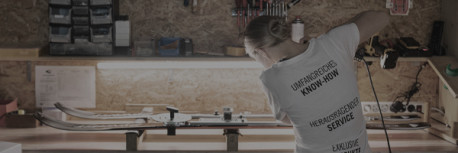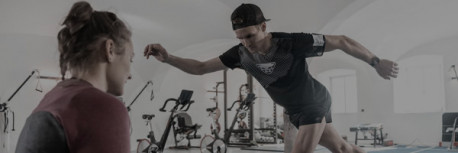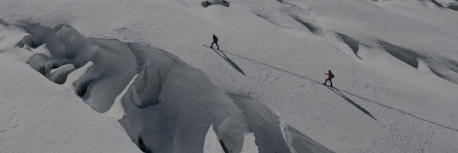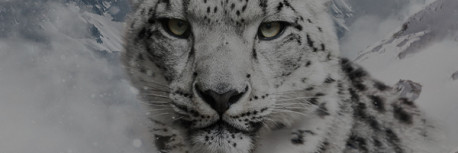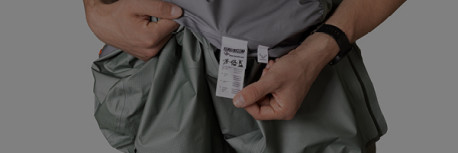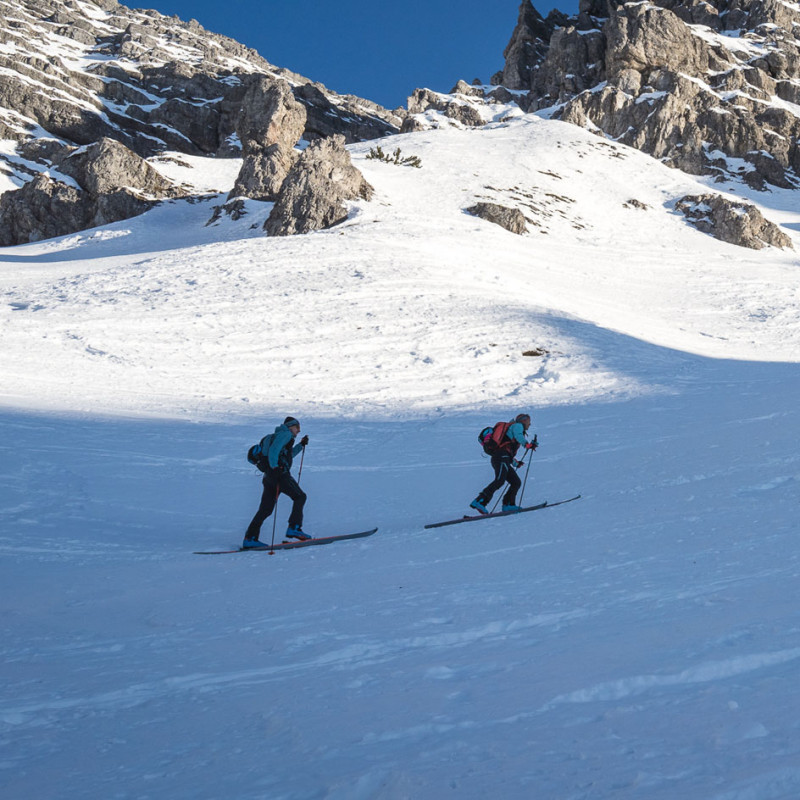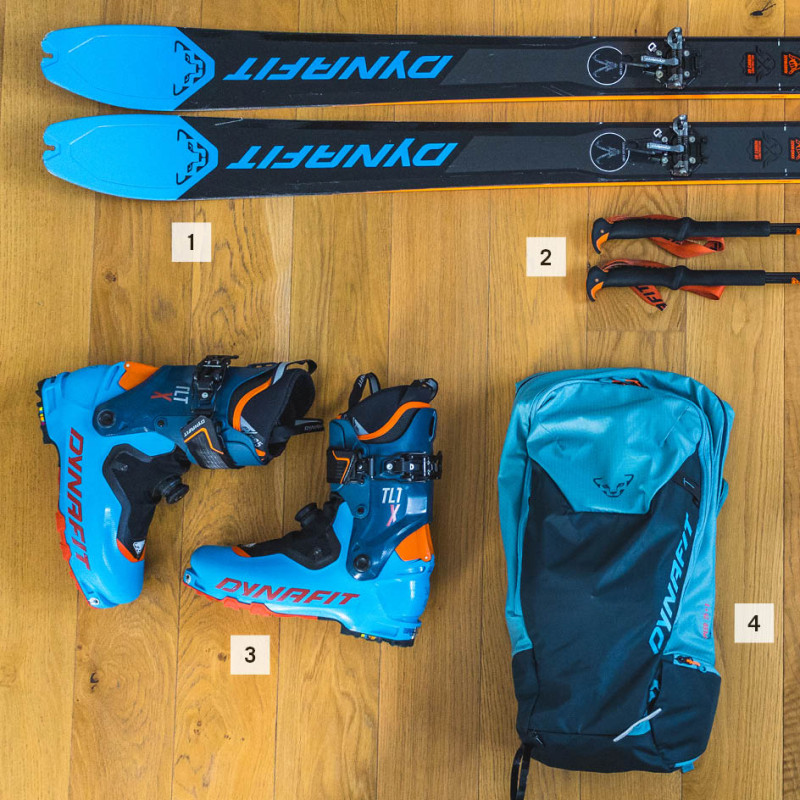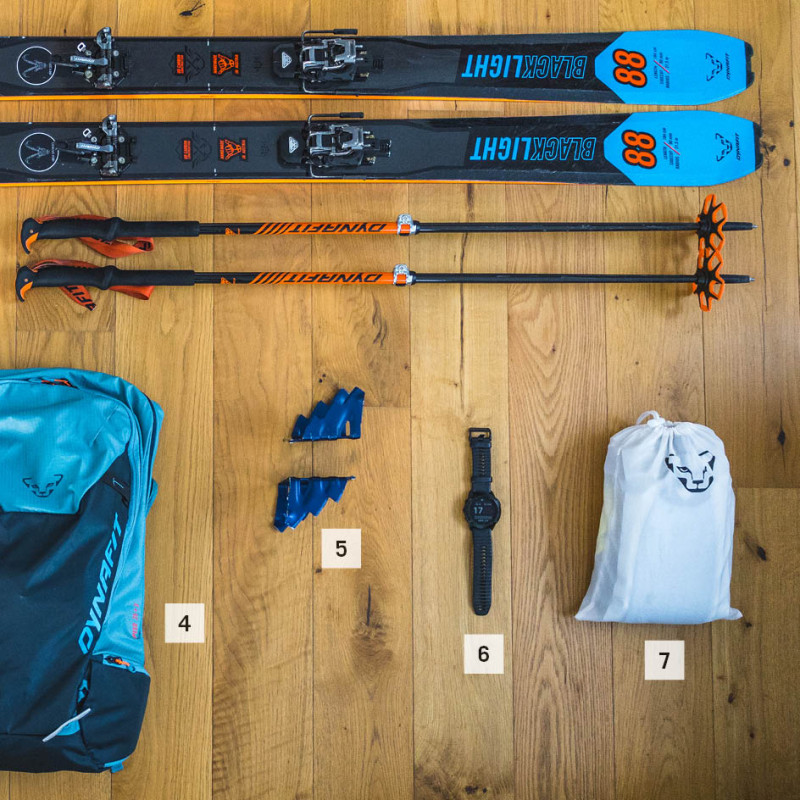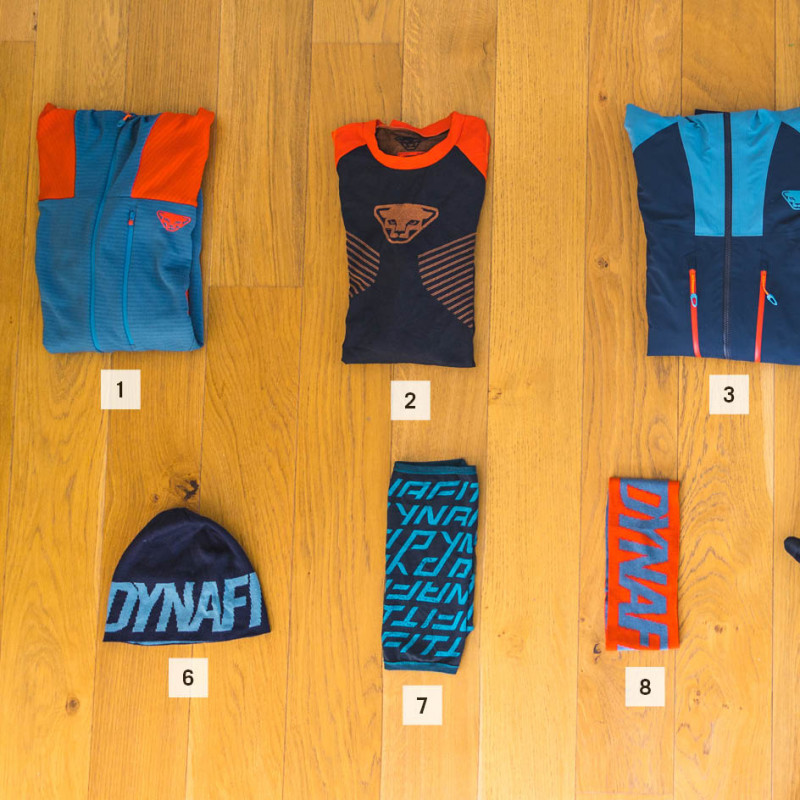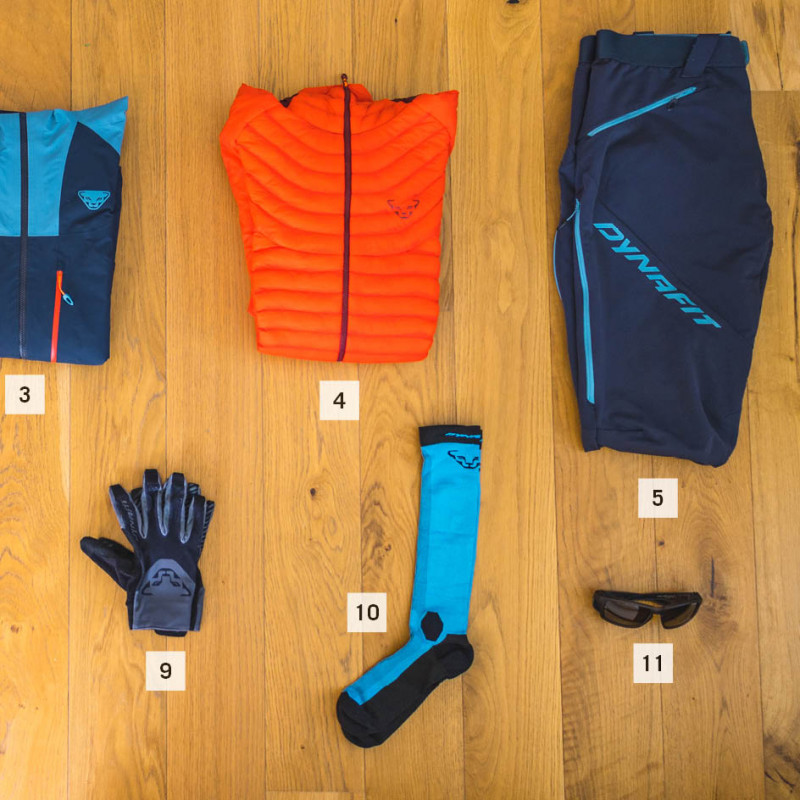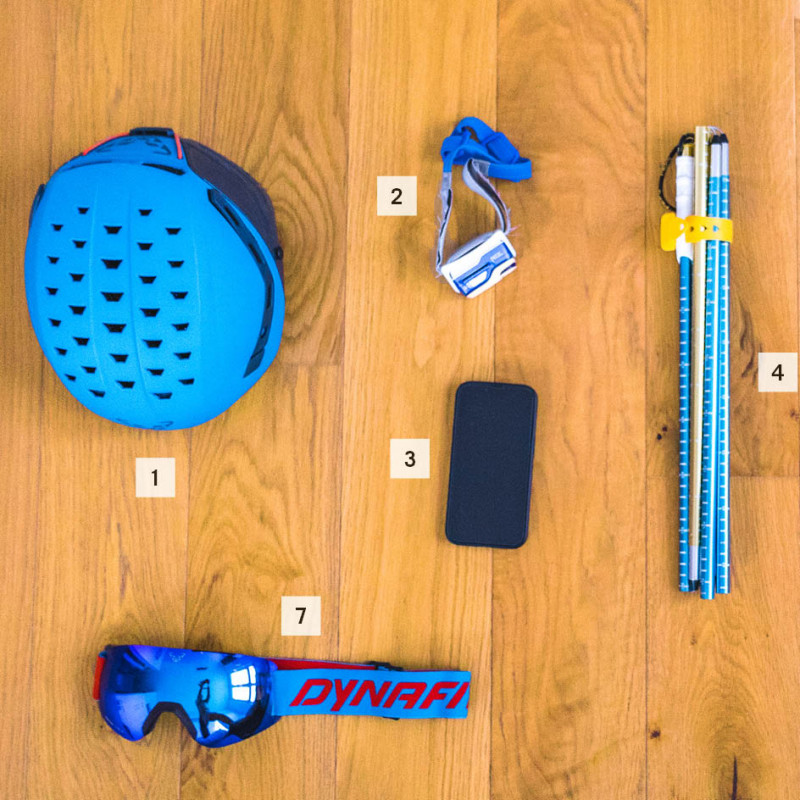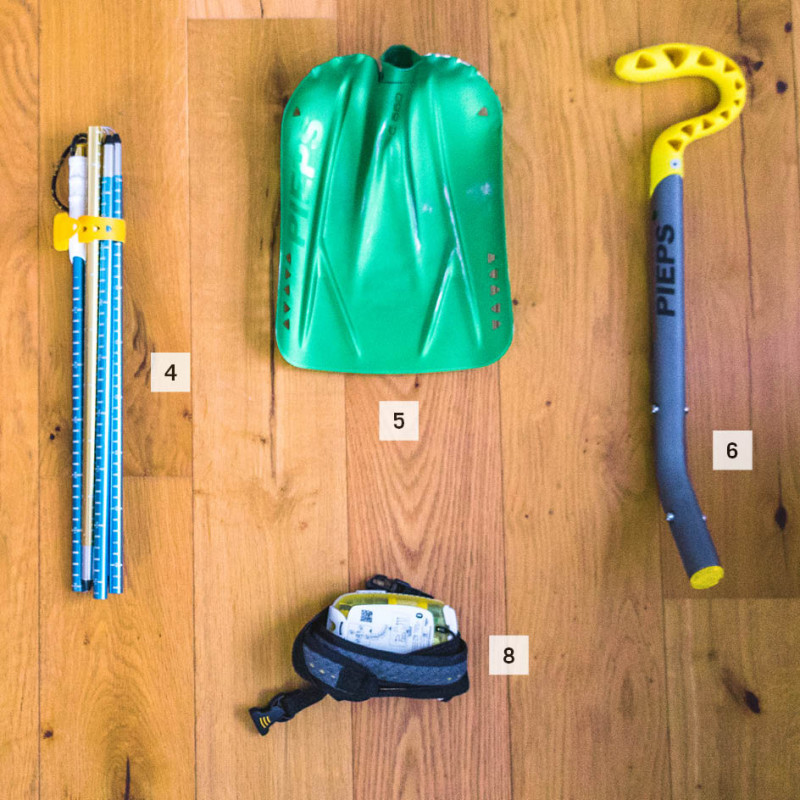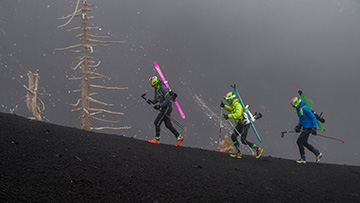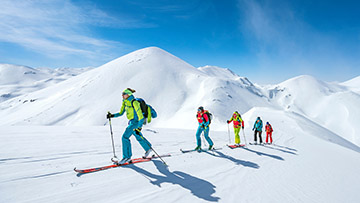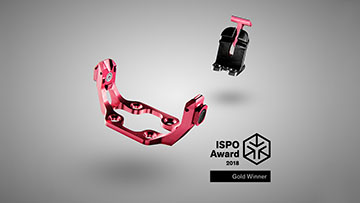Ready for skimo – your packing list for your next ski tour
In addition to an appropriate fitness level and careful route planning, a demanding ski tour requires the right equipment. In the following article, DYNAFIT skimo hero Ueli explains which items of equipment he takes with him on almost every tour:
If a tour takes you into the backcountry, you need to carry safety gear and a small emergency kit along with your standard equipment. All of this fits perfectly in my favorite backpack, the Dynafit Speed 25+3. If your tour stays on-piste and inbounds, you can obviously do without certain items of equipment. Depending on the type of tour, you may need additional gear (for instance for high-alpine touring).
Material Check
Equipment
1/ Ski: Mein Lieblingsski ist der Dynafit Blacklight 88 mit der passenden Blacklight-Bindung. Der Ski ist leicht, aber trotzdem stabil genug für sportliche Abfahrten in jedem Terrain.
2/ Stöcke: Wichtig sind leichte Stöcke, z.B. aus Carbon – Teleskopstöcke sind etwas komfortabler als Fixlängenstöcke, diese sind dafür etwas direkter in der Kraftübertragung.
3/ Schuh: Der neue TLT X Boot ist extrem leicht, dadurch speziell im Aufstieg ideal. Trotz der Leichtbauweise bietet er in allen Schneearten eine tolle Abfahrtsperformance.
4/ Rucksack: Mein aktuelles Lieblingsmodell ist der Dynafit Speed 25+3. Für Tagestouren ist er groß genug, das separate Fach für Sicherheitsausrüstung ist im Stehen zugänglich und auch das Skifix kann man im Stehen nutzen. Sehr praktisch sind außerdem die Fixierungen für Riegel und Getränke an den Trägern.
5/ Harscheisen: Diese sind insbesondere im Frühjahr immer in meinem Rucksack.
6/ GPS-Uhr: Hier verwende ich eine Uhr mit barometrischem Höhenmesser und langer Akkulaufzeit, um auch auf Mehrtagestouren zuverlässig navigieren zu können.
7/ Felle: Das Dynafit Speedskin ist hier meine erste Wahl - wichtig sind Felle mit guten Gleiteigenschaften, damit man auch in flachen Passagen schnell gehen kann.
bei Bedarf: Steigeisen und Pickel
Clothing
1/ Midlayer: My preference here is also a quick-drying material that insulates well, such as the Speed Polartec Hoodie.
2/ Base layer: For me, the perfect base layer is a quick-drying material that still provides warmth when damp, like the Dryarn fabric.
3/ Hardshell jacket: The TLT GORE-TEX® Jacket offers rugged protection against wind and snow, yet – for a hardshell jacket – provides really good freedom of movement. This makes it an ideal ski touring jacket, and one which I wear all day on cold or windy days.
4/ Down jacket: A good down jacket that will pack down small is almost always worth adding to your backpack. In many cases, it provides your safety margin of error. In very cold temperatures I wear mine under my hardshell jacket.
5/ Ski touring pants: The TLT Dynastretch Pants are perfect both for cold and for somewhat warmer days. In particular, the exceptional freedom of movement and the warmth/moisture management characteristics make them my go-to touring pants. On really warm days, I use a slightly thinner pant, and in extremely cold conditions the TLT Dynastretch combines well with a base layer underneath.
6 & 8/ Hat & Headband: Depending on how temperature sensitive you are, covering your head almost always makes sense. I always wear a hat or headband underneath my helmet on descents to prevent my head from getting cold.
7/ Neck gaiter: In colder conditions, a neck gaiter can be quickly pulled up to provide warmth, without needing to stop.
9/ Gloves: For most ascents, the DNA Gloves are my first choice. To keep my hands warm on descents and as a safety measure I like to carry along a pair of warmer gloves.
10/ Socks: Close-fitting compression socks are essential to prevent the sock from slipping. Additionally, good moisture management is critical, especially in spring.
11/ Sunglasses & Glacier glasses: On climbs I almost always wear sunglasses – even on cloudy days, sunlight reflects back off of the snow into your eyes.
Safety gear
1 & 7/ Helmet & goggles: The TLT helmet offers maximum protection at a minimal weight and is the perfect choice for ski touring. On descents, I use the ultralight Speed Goggles.
2/ Headlamp: On almost every ski tour I have a headlamp stowed in my pack.
3/ Smartphone: For navigation and for making calls in the event of an emergency, a smartphone is indispensable on a ski tour.
4/ Probe: Carbon fiber or aluminum probes with a length of at least 240cm are ideal.
5 & 6/ Shovel: A strong, lightweight aluminum shovel is a must-have. All modern shovels can be disassembled and easily stowed in a backpack.
8/ Avalanche transceiver: I use a modern three- antenna transceiver, one that is as light as possible. It is essential to check the batteries before use and to change them frequently. When the transceiver is not being used, the batteries should be removed, especially in summer.
Emergency equipment
1/ Bivy bag: In case of an accident, a bivy bag can prevent the onset of hypothermia.
2/ First aid kit: in emergencies, carrying band-aids, certain medications and blister bandages can be extremely helpful.
3/ Mini repair set
4/ Knife
Provisions / Sun protection
5/ Gels: For a quick burst of easily metabolized energy, I usually keep gels in my backpack.
6/ Energy bars: Depending on your taste, energy bars, nuts or dried fruit make great ski touring snacks.
7/ Hot drink: In winter, I prefer a hot drink that stays warm inside an insulated bottle. Pro tip: if you carry a lightweight insulated plastic drinking bottle, wait until the trailhead to decant your hot drink from a vacuum flask – this will keep the drink warm until you reach the summit.
8/ Sunscreen & lip balm: I make a point of protecting my lips from the sun whatever the season. In spring, sunscreen is essential.


